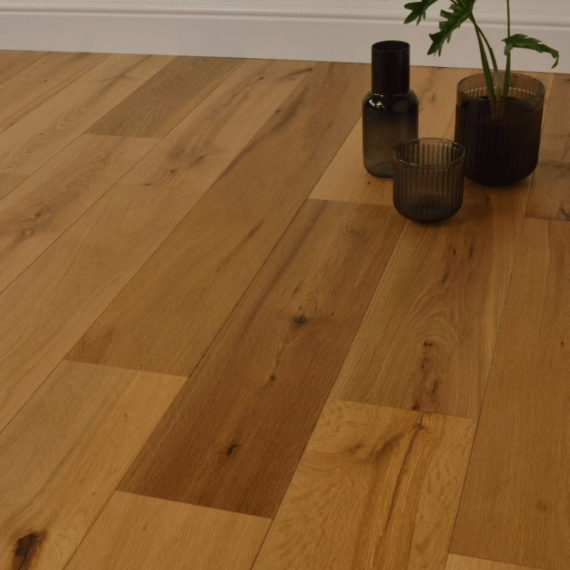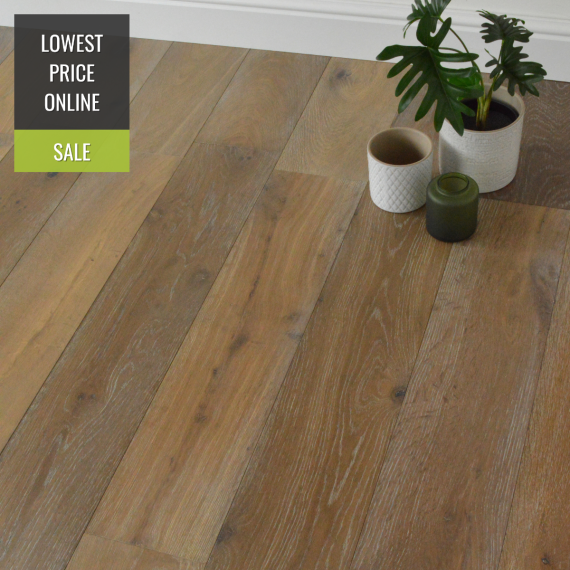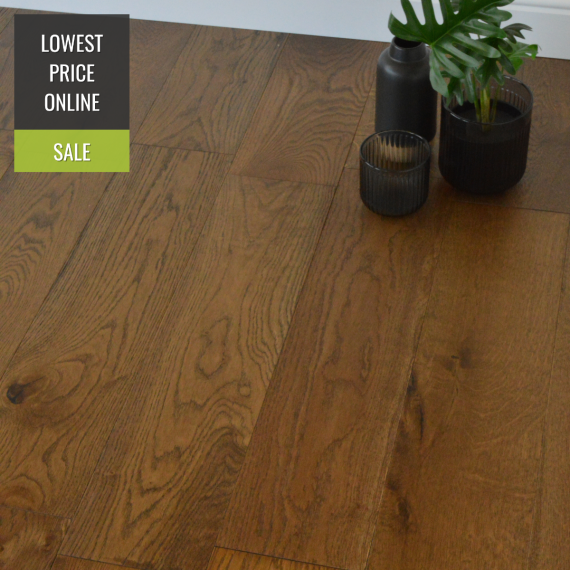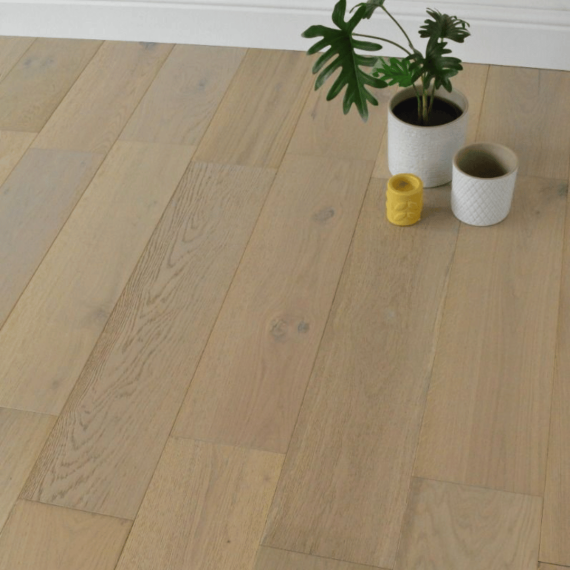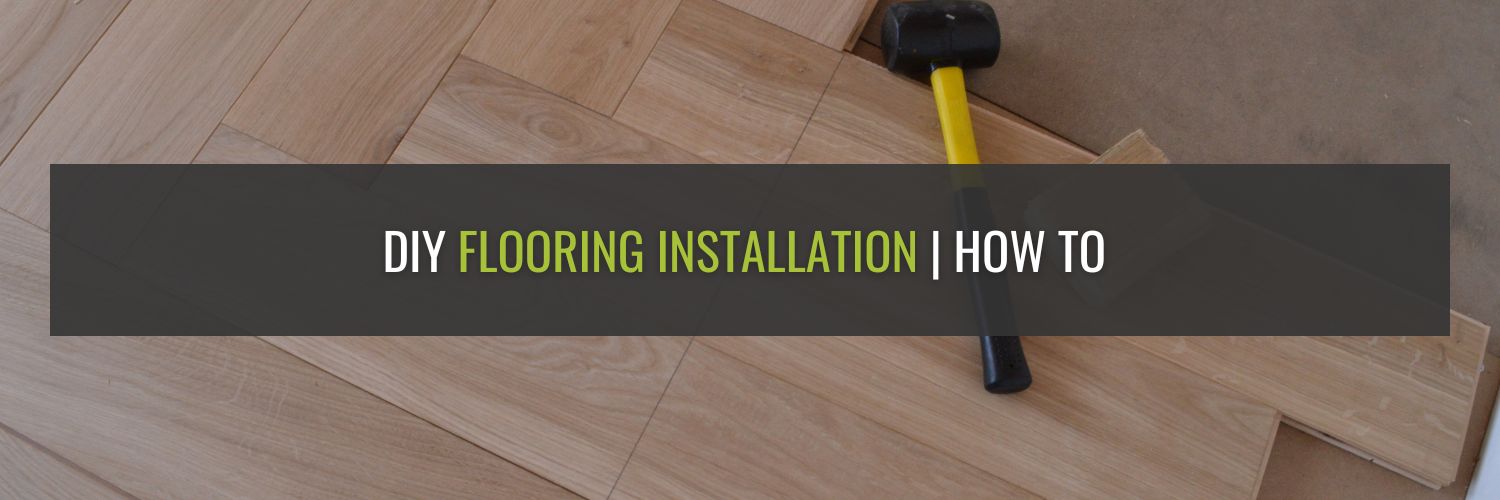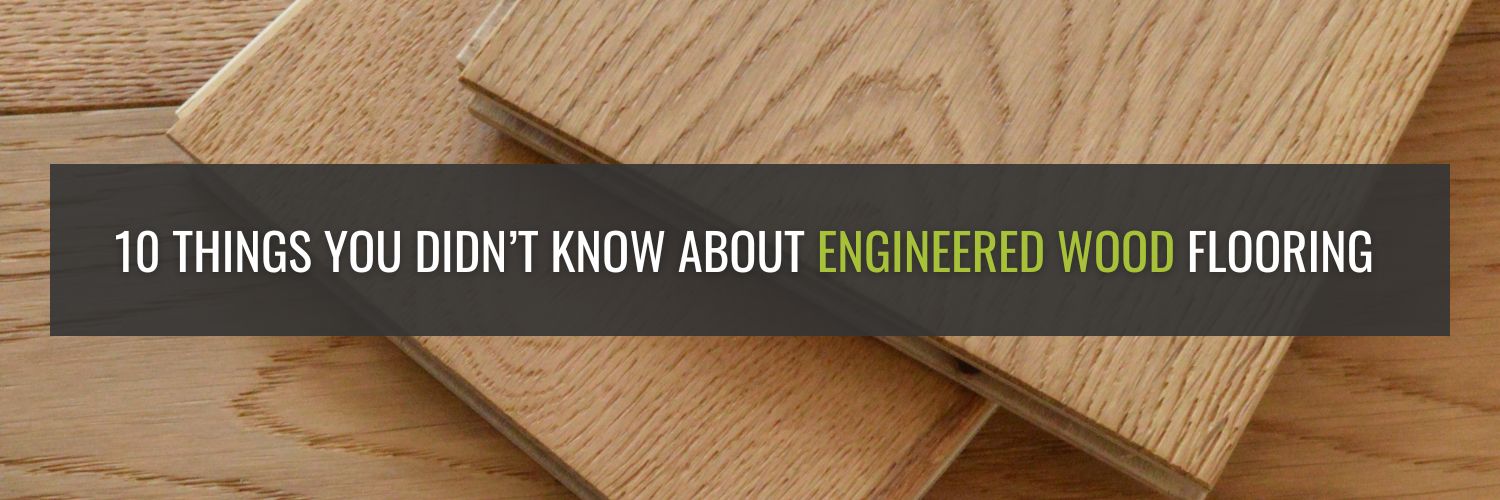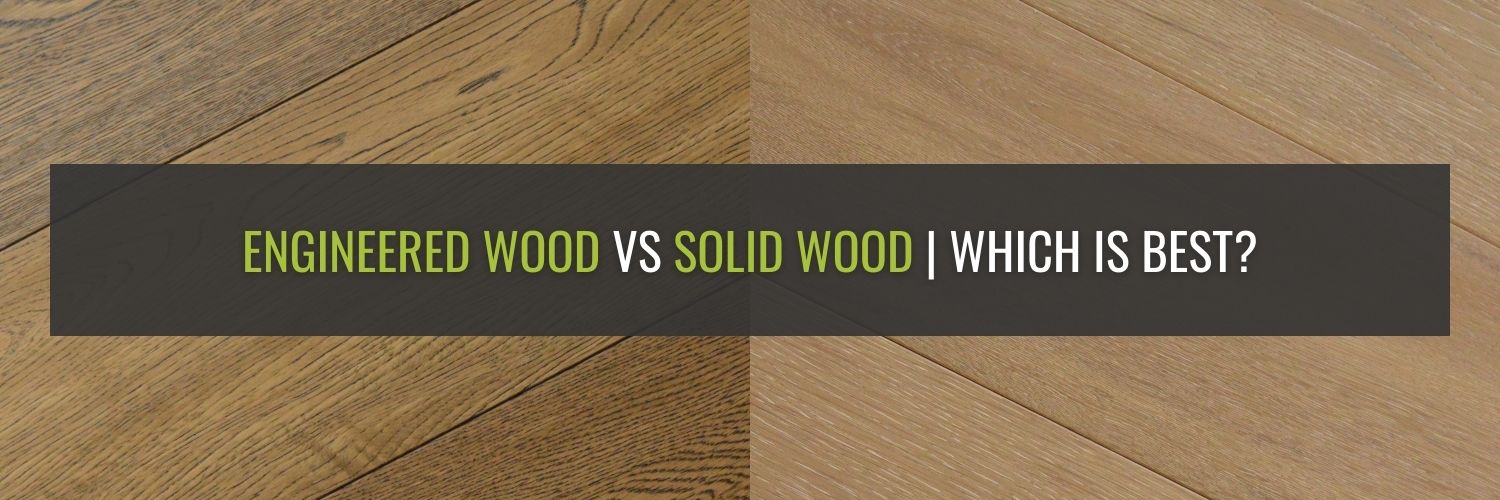We use cookies to make your experience better. To comply with the new e-Privacy directive, we need to ask for your consent to set the cookies. Learn more.
What Are The Pitfalls Of Engineered Wood Flooring?

Save Money, Time & Headaches By Avoiding These Common Engineered Wood Flooring Pitfalls...
Engineered wood flooring is a great choice for any home, thanks, in part, to its value for money, durability, easy fitting, and stunning finish (which replicates solid wood flooring to the naked eye). That said, as with any major project, poor planning could create problems for your engineered wood flooring installation further down the line.
Don't worry though, at Flooring365 we've seen every type of pitfall imaginable when it comes to all types of flooring, including engineered wood. Our latest blog looks at some of the common pitfalls from purchasing to installing, which you can avoid, so you get it right the first time, stress-free.
Firstly though, let's take a look at some of the benefits of engineered wood flooring:
- Durability: Engineered wood flooring is extremely popular due to its long lifespan. The wood is made up of multiple layers of plywood that are bonded together and then topped off with a solid wood top layer. Due to it being made in this way, the flooring is credibly tough and long-lasting.
- Lifespan: Thanks to the durability and stability of engineered wood floors, they can last for decades. If looked after properly, engineered wood floors can last up to 30 years.
- Stylish: Engineered wood floors are extremely stylish giving you the look of a solid wood floor due to its solid wood top layer. An engineered wood floor is a timeless and beautiful floor and will add value to any home. It also comes in a wide selection of colors, finishes, and styles for you to choose from so there’s something for everyone, no matter your style.
- Won’t break the bank: One of the many great advantages of engineered wood flooring is that it won’t cost you an arm and a leg. Engineered wood flooring is cheaper than traditional solid wood flooring but still looks similar! So, if you want an expensive looking floor for half the price then engineered wood flooring is the flooring for you!
- Easy to Install: Engineered flooring is famously simple to lay which again adds to its ever-growing popularity. Lending itself perfectly to both professional and DIY installation.
- Greater Temperature Resistance: In comparison to solid wood flooring, engineered wood flooring is more resistant to moisture and temperature changes. This means that you can install engineered wood flooring in places where solid wood flooring wouldn’t be suitable such as your kitchen.
The Common Pitfalls Of Engineered Wood Flooring To Avoid
Forgetting to do your research
Buying flooring is often a 'heart over head' purchase, with customers generally falling in love with a particular style or finish. However, we recommend slowing things down, being a little more pragmatic, and doing your research before you commit.
There are a few key aspects you'll need to consider before buying, to ensure you end up with the right flooring for you and your lifestyle. Here are a few things to think about to get you started:
- How busy is your household? Different floors are better suited for different households. For instance, lighter colours and sleeker finishes look ultra-modern, but probably won't be as hardwearing in a family home, which is more susceptible to spillages.
Footfall should also be taken into account. Again, a family home, with kids and pets running around will inevitably need to stand up to greater stresses than a floor laid in a bachelor pad, for example. - How competent are you at DIY? Although most engineered wood flooring is easy enough to lay, even for the most novice of DIY'ers, it's still something to think about before purchase.
Tongue and groove flooring is easy to fit, with profiled edges simply pushing together. That said, it does require gluing, which, whilst not necessarily an issue, could be messy if you're not familiar with the process. Click Lok flooring is a glue-free alternative, but does need a bit more effort; hammering boards with a mallet and flooring block to ensure a secure fit is a must! - What room are you laying your floor in? As engineered wood flooring is prone to moisture and water damage it's not suitable for bathrooms and should only be used in kitchens with care. If you are using engineered flooring in a kitchen, ensure it's well protected with lacquer, regularly maintained and spills are cleaned quickly to keep it looking its best.
- What's your budget? Whilst engineered wood flooring is always revered for its amazing value for money, delivering a real wood flooring finish at a fraction of the cost, like all wood flooring types, there can be a wide range of options and prices to suit any budget.
Not Preparing Your Subfloor
When purchasing your new floor, it’s important to consider where you’re going to lay it. If there are problems with your subfloor and you haven’t fixed them, then you won’t be able to install your floor as easily. At best, you'll need to include extra underlay, at worst, you could be facing major project delays whilst you rectify your uneven subfloor!
We always advise you to check your subfloor before purchasing and prep it properly, ensuring everything is level and free from potential snagging areas. Underlay, purchased alongside your flooring, not only improves the feel of your floor underfoot, it can help reduce subfloor issues during installation.
Forgetting To Acclimatise
Forgetting to acclimatise your engineered wood floor can cause many problems once installed. If you don’t leave your engineered wood flooring to acclimatise in its new environment for the full amount of time recommended (2 days), you could end up with joint gaps or buckling in the future.
Acclimating your flooring isn't a difficult task, simply leave it in the room you intend to fit it and let it 'breathe' before installation. If you need more help or advice regarding acclimating, whether it's engineered or solid wood flooring, we've covered it in more detail in a previous blog: Acclimatising Solid Wood & Engineered Wood Flooring | Everything You Need To Know.
Not Allowing For Wastage
When purchasing your engineered wood floor, it’s important to consider the amount of wastage needed. There are a couple of reasons why you need to allow for wastage them being:
- The property and installation method During the installation process your boards will have to be cut specifically to fit your floor. In most cases, if you cut a board, you’re able to use the cut-off to start the next row. However, if you have to cut the board at an awkward angle etc. it may not be possible to use to rest of the board which is why you need to allow for wastage, leaving extra boards to use if needed.
- The product itself Engineered wood flooring has a solid wood top layer, making it a fantastic replica of solid wood. This replication means that your engineered wood floor will have knots, character, and colour variation. Everybody has their own preference and personal style. For example, if you want to take a few planks of wood out to hide or disregard any knots, you'll obviously need extras to cover this. Top tip: We recommend laying using two or more boxes of flooring at a time to further 'mix' your boards and balance out heavier knotted and plainer pieces.
Using The Wrong Thickness With Underfloor Heating
If you’re installing your floor over underfloor heating, we suggest going no thicker than 15mm. If you go thicker than 15mm then the heat may struggle to come through your floors so you may not be able to feel the heat as well. We also recommend only using water-based underfloor heating with engineered wood flooring, which, unlike electric underfloor heating, doesn't produce heating 'spikes', or 'pinch points' which can cause long-term damage.
Choosing The Wrong Wear Layer
The top layer of real wood used in engineered flooring is known as the 'top layer' or 'wear layer'. Available in different thicknesses, these wear layers can be sanded and refinished to rejuvenate tired floors.
Often at the purchasing stage, people will opt for a thinner wear layer, which, whilst saving on upfront costs, can reduce longevity. Avoiding this pitfall is all about balancing your budget with a realistic idea of what you will need.
Conclusion
As you can see, planning your engineered wood flooring project is essential to ensure the whole process runs smoothly. We hope that once you read this blog you know what to look out for and what not to do when you purchase your engineered wood floor! If you're ready to purchase your floor why not head over to our page and take a look at our range of engineered wood flooring? You can buy online or you can talk to a member of our sales team by requesting a call back on the website!
what-are-the-pitfalls-of-engineered-wood-flooring




